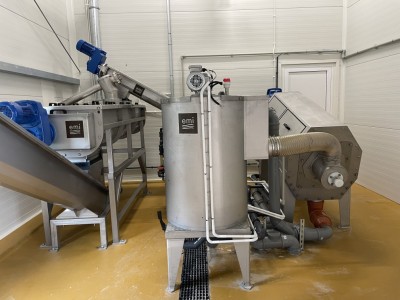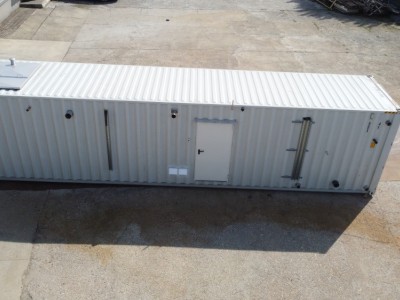Devices for removing water from sediment by pressing, squeezing and other mechanical methods.

Dewatering of sludge generated during the treatment of industrial wastewater is a key process aimed at reducing the volume of sludge and improving its properties for further processing or disposal. This process involves removing as much water as possible from sludge, which is achieved using various methods, such as centrifuges, filter presses or vacuum dewatering. The main goal of dewatering is to reduce the mass and volume of sludge, which translates into lower transport and storage costs. Dewatered sludge also has better mechanical properties, which facilitates its further processing, such as composting, incineration or biogas production. Additionally, reducing the water content in sludge minimizes the risk of leaks and environmental pollution. The dewatering process can also increase the efficiency of further treatment stages, for example by improving the conditions for anaerobic digestion. Thanks to sludge dewatering, the process of treating industrial wastewater becomes more economical and environmentally friendly.
EMI offers specialized containers with built-in equipment for the implementation of any industrial wastewater treatment processes.

EMI has developed modular container systems in a marine version and designed to be connected into larger systems. The containers we offer have been designed from the ground up to operate in the harsh conditions of industrial sewage treatment plants. The interiors are lined with 100% stainless steel, have heating, ventilation, health and safety devices and individually configured technological equipment. The use of container construction allows for the shortest possible project implementation time. The entire installation is prefabricated in the EMI production plant and is delivered ready for start-up immediately after connection on site (in some cases preparatory works are required, such as tanks and underground networks, ground hardening, etc.). EMI's offer also includes tanks in containers that can perform averaging, storage and even become biological reactors.